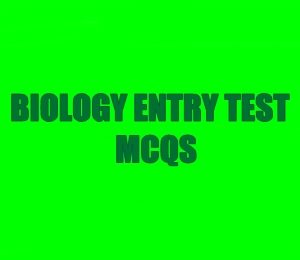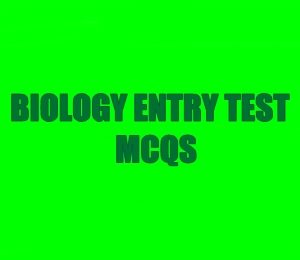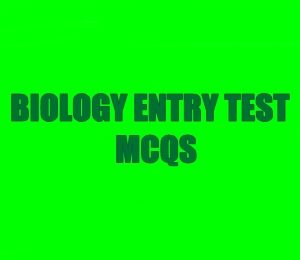If you are looking for the Biology Coordination and Control MCQs With Answers then you are in the right place. This chapter is about Coordination and Control/ Nervous and Chemical Coordination. The opening topic is about the Nervous System and Nerve impulses. The chapter comprises Neurons; their structure and their types. You will be able to define the transmission of action potential between cell synapse; electrical synapse, and chemical synapse. There are different types of hormones in the body for different working. The mechanism of reflexes and the levels of spinal cords. Finally, the human brain and its main functions. Each part has its own specific function and it is one of the most important organs of the body. Its main parts include the Brain stem, midbrain, cerebellum, and cerebrum. Now let’s check the important MCQs of this chapter below. You can also solve the quiz below and can check the answers.
Biology Coordination and Control MCQs With Answers
6099




TV